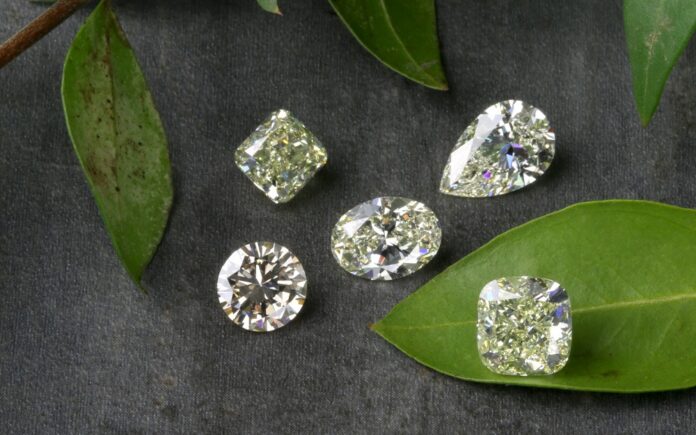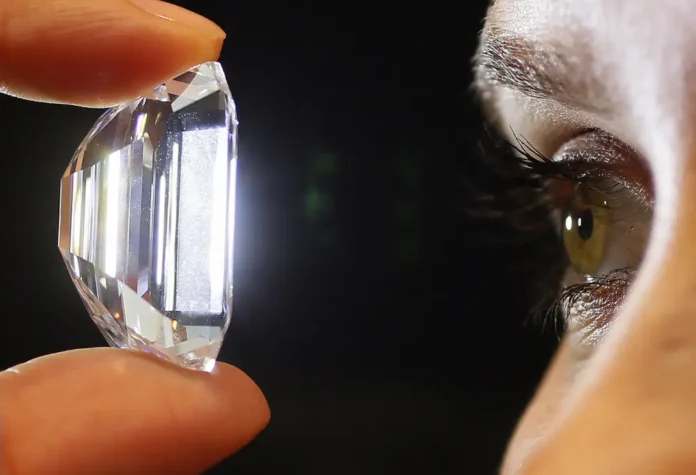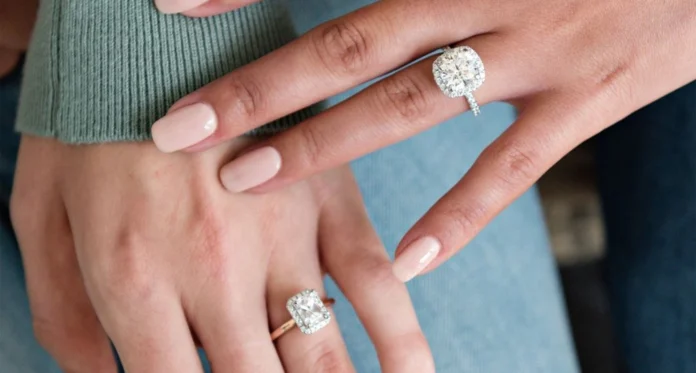Diamonds have been coveted for centuries for their beauty, rarity, and durability. However, with advances in technology, we now have the ability to create them in a lab. These lab-grown diamonds have become increasingly popular in recent years as a sustainable and affordable alternative to natural ones. In this article, we will delve into the science behind lab-grown diamonds and explore why they are becoming more and more popular.
First, let’s define what we mean by lab-grown diamonds
They are created in a lab using advanced technological processes that simulate the conditions necessary for diamond formation in nature. Essentially, they are made from the same material as natural ones – pure carbon – but they are created in a matter of weeks rather than the millions of years it takes for natural diamonds to form in the earth’s mantle.
– So, how exactly are they made?
There are two main methods for creating them: high pressure, high temperature (HPHT) and chemical vapor deposition (CVD).
In the HPHT method, a small diamond seed is placed in a chamber with high pressure and high temperature. A carbon source, usually graphite, is added to the chamber and heated until it melts. This creates a liquid metal that dissolves its seed, causing it to grow into a larger diamond.

In the CVD method, a diamond seed is placed in a chamber filled with a gas, such as methane, and heated to a high temperature. The gas is then ionized, causing the carbon atoms to separate and deposit onto the seed, gradually building up the diamond layer by layer.
Regardless of the method used, the resulting lab-grown diamond is essentially the same as a natural one in terms of its physical and chemical properties. They have the same crystal structure, hardness, and refractive index as natural ones, and they are graded using the same criteria as natural ones. As a result, they can be just as beautiful and valuable as natural ones, despite their lower cost and ethical advantages.
– Now, let’s talk about lab diamond rings.
As mentioned earlier, lab-grown diamonds are becoming increasingly popular as an alternative to natural ones in engagement rings and other fine jewelry. Many couples are choosing them for their ethical and environmental benefits, as well as their affordability. Additionally, they can be just as stunning as natural ones, with the added benefit of being customizable. Because they are created in a lab, it is possible to create them in a wider range of colors and sizes than natural ones.

Of course, there are still some people who prefer natural diamonds, and that is completely understandable.
It’s worth noting that lab-grown diamonds are not without their challenges. One issue is that there is still some stigma around them, with some people viewing them as “fake” or inferior to natural ones. Additionally, the technology for creating them is still relatively new, so there is some uncertainty around their long-term durability and value.
However, these concerns are likely to diminish as they become more mainstream and their quality and value become more widely recognized. Already, some major retailers and jewelry brands are starting to offer lab-grown diamond options alongside natural ones, and it’s likely that this trend will continue to grow in the coming years.




